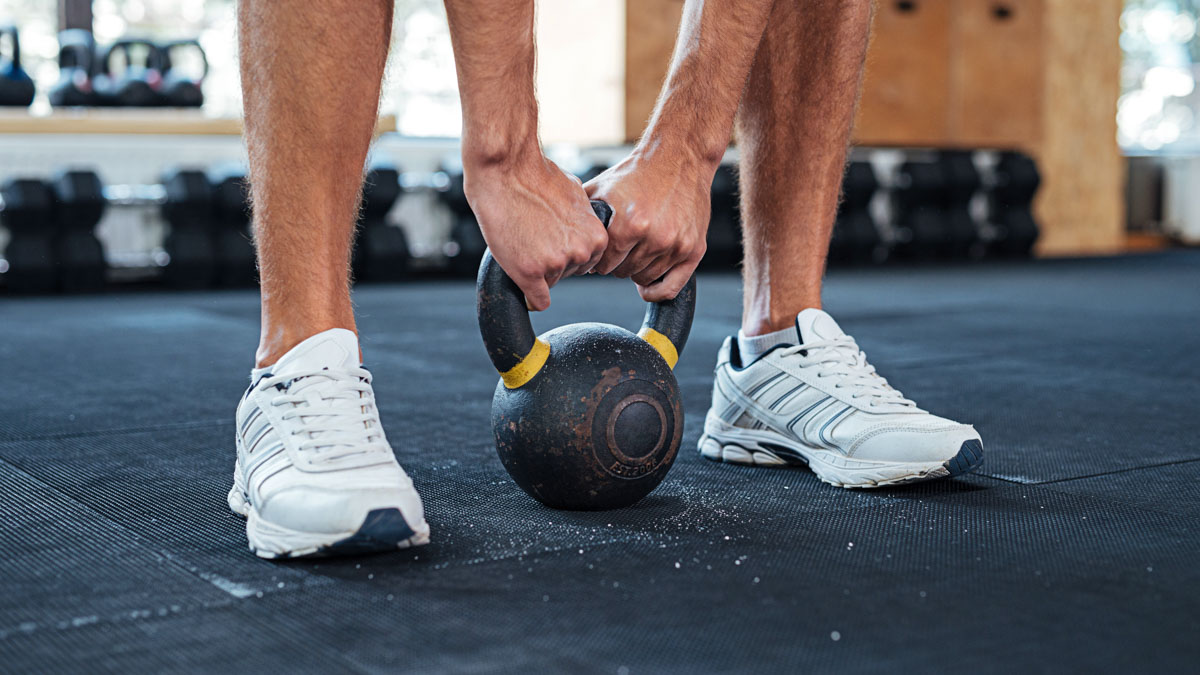In this day and age, most endurance athletes understand the importance of integrating some type of strength work into their training. However, for many athletes, strength is the first activity to get tossed out when their focus turns toward race season. The philosophy is that to be successful at one’s primary sport, all of an athlete’s available time must be spent practicing that sport. While intense focus and increased volume are often necessary to achieve your goals, this doesn’t mean a strength routine can’t remain a part of your training. In fact, maintaining a strength regimen, when done correctly, can be just as valuable during race season as it is during the off-season.
Why Is Strength Training Important?
For most endurance athletes, it’s safe to assume that the primary goal of training is to improve and prepare for racing with each passing season. Regardless of the discipline and focus, every season, the goal is the same: to get better. So, with that goal in mind, we can easily identify why it is that strength work is an important part of structured training:
Injury Prevention
This is the most common reason for performing strength exercises. A consistent dose of strength work can help to increase bone density, maintain muscle mass and protect vulnerable joints from injury.
Become Well-Rounded
While the goal is always to become better at the specific sport you’re focusing on, the goal should not be weakness outside of that sport. There’s value in being an athlete and not just a cyclist, runner or swimmer. Feel your best no matter what you’re doing.
Increase Power
Strength training, especially with weights, increases slow-twitch muscle fiber. Slow-twitch muscle fibers don’t produce lactic acid at the rate fast-twitch muscles do, thus allowing you to produce more power for longer. High lactate threshold equals more power.
Better Form and Body Mechanics
Strength exercises are great for correcting imbalances in our bodies. Better posture and overall body alignment can be achieved with continued and consistent strength work.
Equal Power Delivery
Whether it’s your pedal stroke or running gait, strength work helps athletes deliver more even and consistent output to the ground or pedals. This improves efficiency, which helps improve an athlete’s resistance to fatigue.
What Should Strength Training Look Like During Race Season?
Most athletes spend the winter in the gym focusing on weighted strength work to increase both force and power. This is a valuable use of time since these gains can be directly applied to the early stages of race season build-up. Assuming the work has been done in the gym, the focus shifts to more of a maintenance-based approach as you near your first race, and then through the height of the season. Using strength work to continue to develop or maintain a strong core, correct imbalances and aid in injury prevention is the goal. You don’t want it to add too much fatigue, thus negatively impacting your training and preparation for racing. Here are several areas to focus on while actively training for priority events:
Light Weight or No Weight
Often times lifting heavier weights (or even any weights at all) can adversely impact key workouts. Try focusing on mobility, flexibility and range of motion in your exercises. These movements can take the form of body weight exercises, and can be performed outside of the gym.
Short and Sweet
Keep your strength training time to a minimum. Workouts lasting one hour or less should be plenty of time to get in a quality session. This time should also include a proper warmup and cool down.
Always Work Your Core
Your legs are probably getting plenty of work. You might even consider not working your legs at all. You should however, always work your core with every session. That includes your low back, glutes, hips, and abdominal area. A strong trunk is key.
Try to Be Explosive
Traditional strength work doesn’t do much for your aerobic capacity (VO2max). If you’d like to try and integrate cardio into your strength routine, try high intensity interval training (HIIT) or plyometrics to increase your heart rate and further develop your aerobic system.
Double Down
If you hesitate to commit an entire day to strength work you can combine it with an easy bike ride or run. Make sure that these dual sessions are properly scheduled in conjunction with key workouts, and that they don’t accumulate undue training stress (TSS) or fatigue.
Focus on Form
Don’t try to squeeze in too many exercises. Focus on form and the quality of the movement. This approach will also help keep the overall time of the workout down.
Strength training shouldn’t be an afterthought once race prep begins. While the approach and focus will and should change, it’s important to continue to maintain a strength regimen. A strong core, improved form, efficiency and power are all valuable during race season. Use strength workouts as an opportunity to fine-tune your training and sharpen any weaknesses. There’s no doubt that the time invested in a properly executed strength routine will pay dividends when race day comes.









